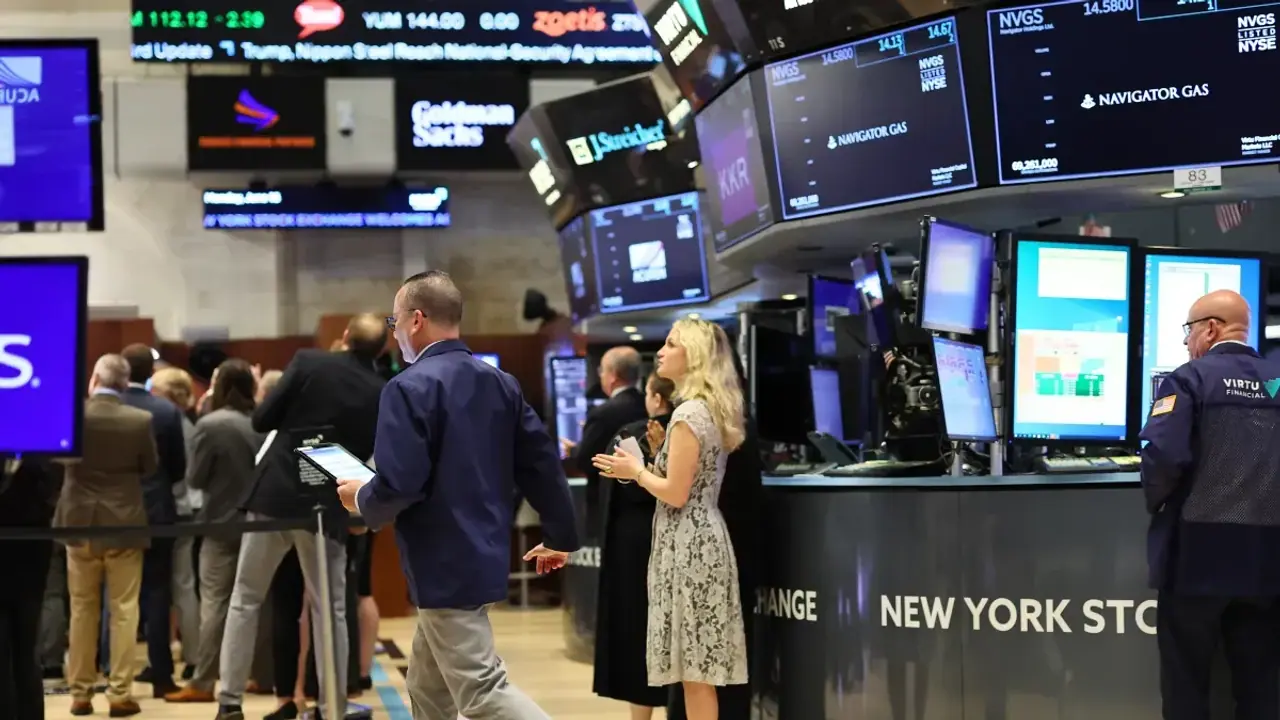fter a marathon weekend session, the Republican-controlled Senate passed the tax bill by a slender majority of 51-49 votes, with Trump hailing it as a “great victory.”
U.S. stocks are set to extend their momentum in the new week after the broader market scaled a fresh high last Friday. That said, the continuing uncertainty over the Federal Reserve’s rate trajectory, the fate of President Donald Trump’s “one big, beautiful” tax bill and his tariffs, and volatility in commodity prices amid the geopolitical tensions pose risks to the rally.

The fresh trading week will be shortened due to the July 4th Independence Day falling on Friday.
After a marathon weekend session, the Republican-controlled Senate passed the tax bill by a slender majority of 51-49 votes, with Trump hailing it as a “great victory.”
The bill envisions permanent tax cut extensions, new tax cuts, increased border and military spending, cancellation of electric vehicle tax credits, and cuts to Medicaid and nutritional assistance.
The Senate-vetted bill is seen to increase deficits by about $3.3 trillion. It now has to be approved by the House before the president signs it into law.
As of 11:48 p.m. ET on Sunday, the Dow and the Nasdaq 100 futures rose over 0.50%. The Russell 2000 futures were up 0.48% and the S&P 500 futures gained a more modest 0.38%.
Last week, the major averages climbed solidly following the announcement of a ceasefire between Iran and Israel, which sent crude oil prices lower and alleviated an overhang. Traders also drew encouragement from rising rate-cut odds amid the release of some sour economic data and Trump hinting at replacing Fed Chair Jerome Powell yet again.
The S&P 500 Index closed the week at a new high of 6,173.07 and also hit an intraday record of 6,187.68.
For the week ended June 27, the Invesco QQQ Trust (QQQ) ETF and the SPDR S&P 500 ETF (SPY) advanced 3.09% and 3.47%, respectively.
The SPDR Dow Jones Industrial Average ETF Trust (DIA) rallied 3.85%, while the iShares Russell 2000 ETF (IWM) jumped 3.00%.
The unfolding week’s economic calendar is heavily loaded with labor market data, including the June non-farm payrolls data, the ADP private payrolls report, the weekly jobless claims data, and the May Job Applications and Labor Turnover Survey results.
A few private sector activity data and the May trade deficit report may also draw the attention of traders.
Progress Software (PRGS) is scheduled to release its quarterly results after the market closes.
Crude oil futures pulled back in Asian trading but held above the $65-a-barrel market, while gold futures rose modestly but remained at the sub-$3,300 level.
The 10-year U.S. Treasury note was below the 4.3% mark, and the U.S. dollar is weaker across the board.
Following the S&P 500’s record run, fund manager Louis Navellier said the recovery has been broad, with industrials surprisingly leading the way among the S&P 500 sector classes. According to the strategist, the main reason for the record climb is that the Trump administration has signaled the tariff deadline could be extended.
While noting that valuation multiples are lofty, with the S&P 500 approaching 24 times the P/E multiple, Navellier said, “There's clearly a bit of pull forward of earnings expectations; There's also a desire to get in front of the Fed beginning to cut rates.”
Carson Group Chief Market Strategist Ryan Detrick is positioning for a strong finish for the year. Flagging historical data, Detrick noted that the market has never been lower for the year when the S&P 500 was up over 5% in May, with the average annual gain being approximately 20%.
For updates and corrections, email newsroom[at]stocktwits[dot]com.<
